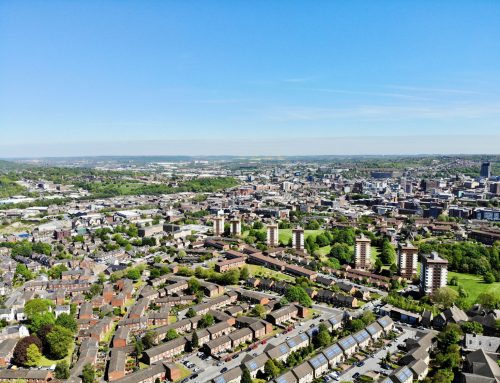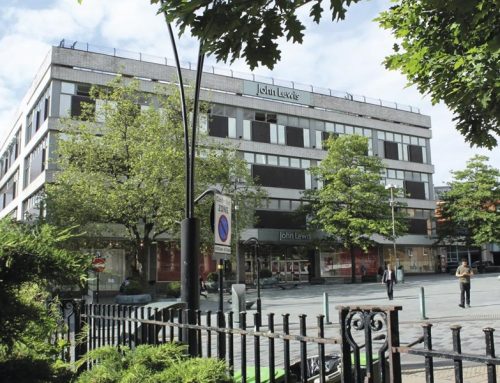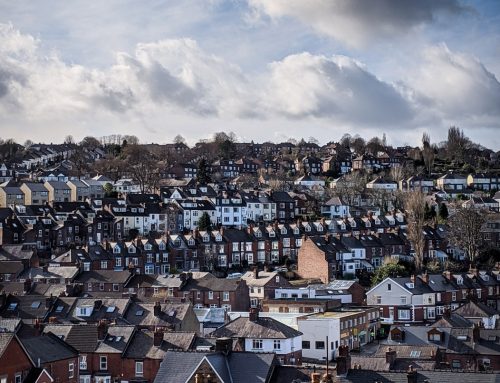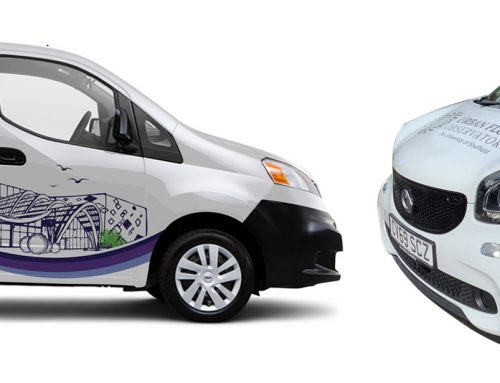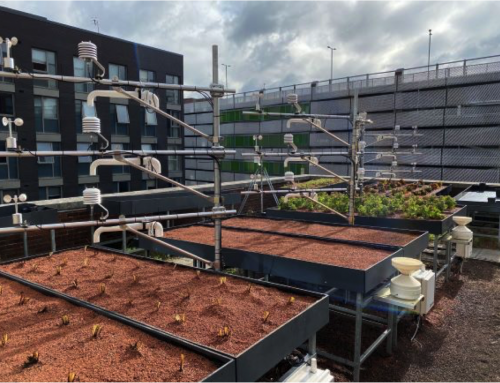For the past year, a very talented group of students from the University of Sheffield have been working on a project assigned by the Urban Flows Observatory. Five students in their second year of the Sheffield Engineering Leadership Academy (SELA) were given the challenge of maximising the use of the Observatory’s MOBIle Urban Sensing vehicle, MOBIUS to promote our activities, engaging with policy-makers and the general public.
The Project Brief
In September 2018 the SELA students met with Steve Jubb, the Observatory’s Technical Manager, to receive their first briefing outlining the project aims and expectations for the year.
‘Building on the work from last year’s SELA project, we’d like to understand how MOBIUS can be used most effectively for stakeholder engagement. More specifically, there is increasing interest around the use of Internet of Things (IoT) technologies to gather and present sensing data.
The project brief is to work with individual and stakeholder groups to develop a plan to maximise the use of MOBIUS to promote the Observatory’s activities, raise awareness of the issues of concern and the role of IoT as an enabling area of technology.
This project will likely involve engagement with policy-makers and the general public, specifically school children, educators and interested groups and citizens.’
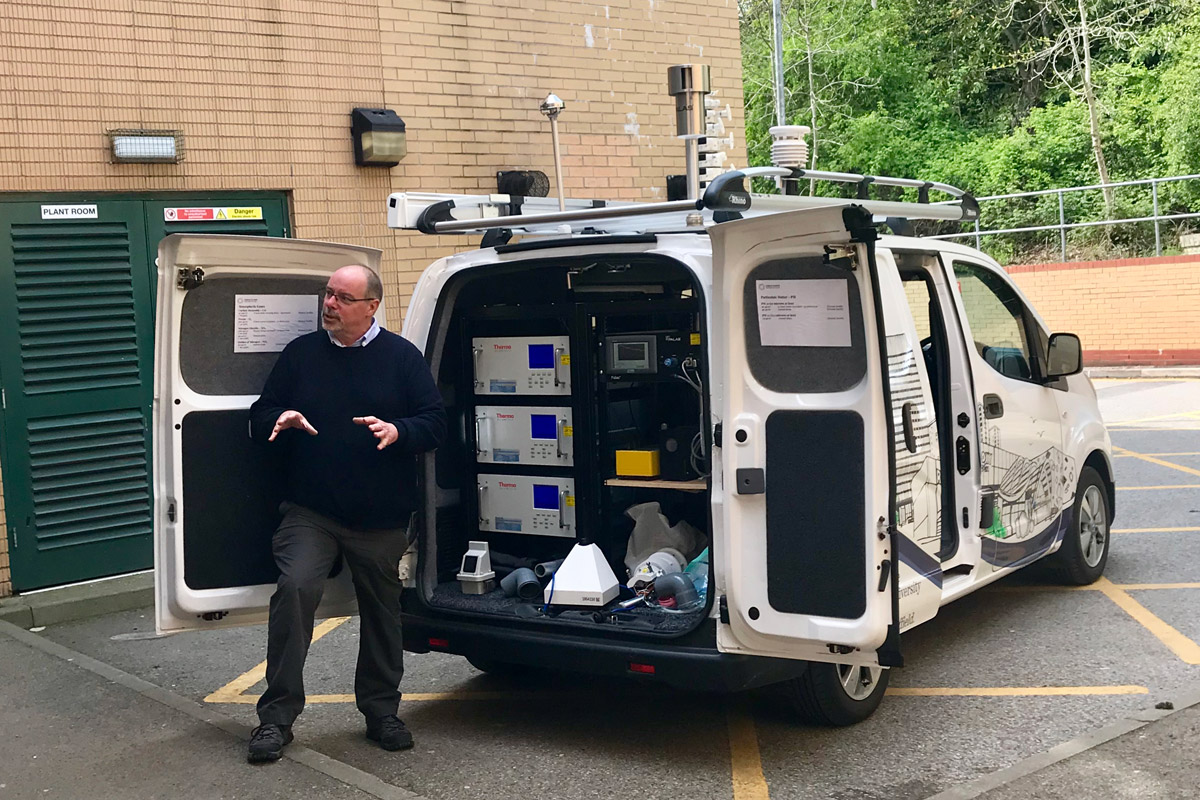
Image: Urban Flows Observatory’s Chief Technical Director, Steve Jubb, explaining MOBIUS to students at Tapton School.
Approach to the Project
The SELA team embarked on the project methodically, starting with research into the main themes of the brief and the target audience. Following input and support from Steve Jubb, two major audiences were defined: the (local) general public and secondary school students.
The Initial Concepts
The students got thinking creatively and came up with five broad concepts to meet the project deliverables. They focussed on incorporating the rise in interest of IoT with the engagement and use of MOBIUS as a cypher for raising awareness of environment sustainability in urban areas.
1 – Educational Roadshow
Focus on local primary schools that already have a basic familiarity with the Urban Flows Observatory project. Through characterisation and building upon the existing animations in use, develop a narrative to engage young school children. This would be performed around Sheffield, taking the children inside MOBIUS through characters and relatable storytelling.
2 – Web Application
Create a Mobius mobile app to maintain connection with the public following outreach days. Push notifications to be sent to registered users when MOBIUS is monitoring a new location. Simplified air quality data will be available alongside each location. Informative articles about typical, dangerous and target levels of elements within the air to be integrated. All previous readings to be logged to allow users independent comparison at specific locations.
3 – Open Day Experience
Improve upon the current open day experience by making the van more interactive. Highlight MOBIUS’ purpose through an interactive map of Sheffield showing different information about the various data the facility collects. This will be modifiable in its complexity, allowing for a wide range of outreach presentations. Tablet devices for visitors would allow them to see the environment around them and an integrated QR code could also increase engagement.
4 – City Cinema
Fit a projector to MOBIUS to project onto the sides of buildings around Sheffield. This would show short environmental-themed films, incorporating data and statistics into interactive figures.
5 – Public Showcase
Use MOBIUS to target areas of high footfall, such as Meadowhall Shopping Centre. The fully set up vehicle would be placed in a ‘plaza’ style public area (typically used for new car promotions), inviting the public to find out more. MOBIUS would be connected to the mains supply to conserve battery usage. Tablet devices for visitors would add to the interactive experiencing, providing vehicle facts and video content.
Feedback from the Industry
The next step for the students was to narrow down their ideas and develop a project plan. They met with Observatory directors Martin Mayfield, Daniel Coca and Dani Densley-Tingley to present their ideas and receive feedback and suggestions. The directors also put them in contact with other members of the community who could help on the project.
The students attended the November 2018 UKCRIC Future Leaders’ Conference, getting the chance to speak with professionals and get their feedback too. Steve also shared his knowledge of local events to attend to engage with fellow activists and influencers within the STEM community. As a result of this, in December 2018, the students presented their initials ideas at SmartSheffield, a local monthly event bringing together those with a passion for engineering and IoT. A fellow presenter on the night was from the David and Jane Richards Family Foundation (DJRFF), and this was the start of a successful relationship.
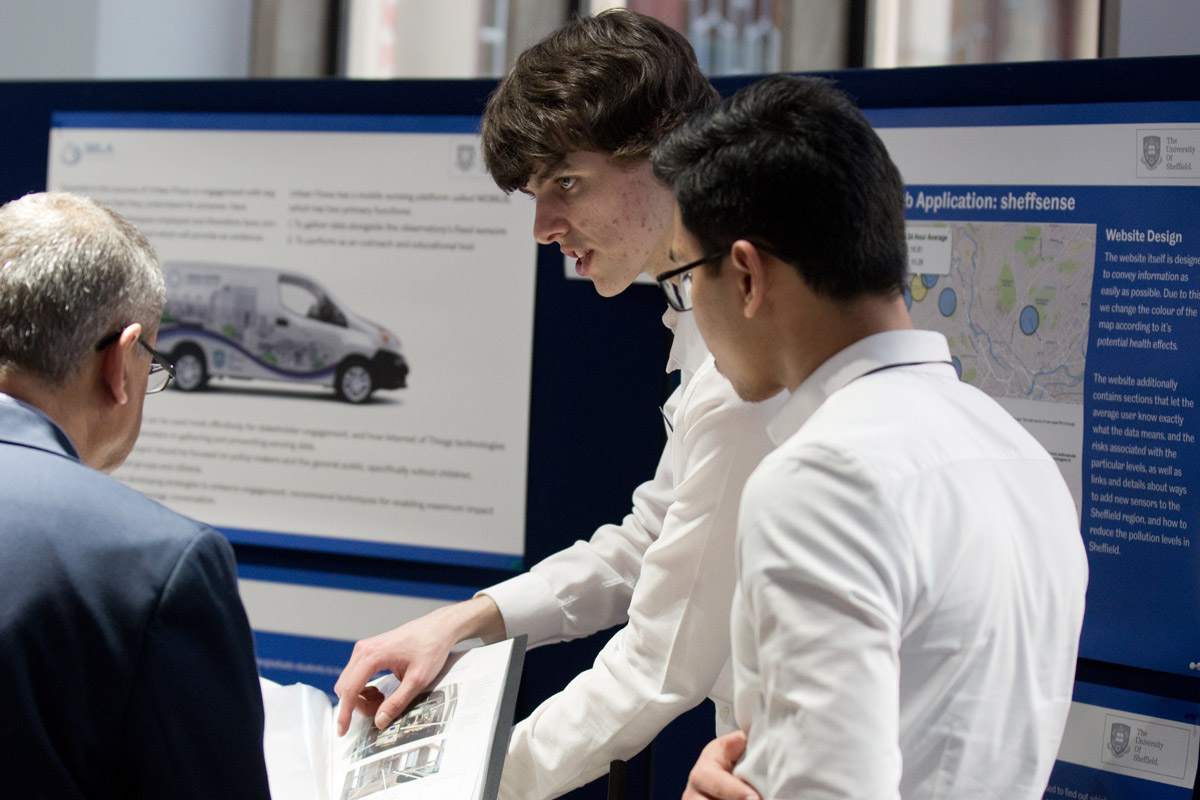
Image: SELA team members pitching Urban Champions at the final project showcase. Attendees included local press, local activists and members from the Royal Academy of Engineering.
Refining the Concepts
DJRFF were in the midst of the pilot of their ‘Big Data Course’ at local school, Tapton Secondary School. The course, aimed at Year 9 students with an interest in Computer Science and coding, introduces them to concepts related to Internet of Things and big data. This aligned perfectly with the SELA students’ educational roadshow idea and was a real revelation in refining their ideas.
Following further conversations with the Foundation, they agreed to the creation of an 8 hour module to fit within their course at the school. During development, the students quickly saw their idea had the potential to be integrated into the standard Key Stage 3 curriculum. To give the work package and accompanying resources a relatable identity, it was named ‘Urban Champions’.
As there were two target audiences identified in the brief, and ‘Urban Champions’ only catered for the one, it was decided to also work on a second ‘subproject’ for the general public. With widespread support, the web application would also be developed. Helpfully, the skills and experience needed to get this off the ground were already present in the SELA team. Damian took on the task of web development, consulting throughout with the Observatory’s sensor management team and PhD students researching in the field.
The Project Deliverables
Urban Champions
With 8 hours of module to produce, this was split into two hour lessons, taught over a course of four weeks. The basis of the lessons took the Urban Flows Observatory as a case study for Internet of Things technology and environmental sensing. The module overview was defined as follows:
‘This programme comprises of lessons that introduce students to the importance of monitoring our environment and how data on climate and air quality is collected. The culmination of the programme will be students having the opportunity to carry out their own mini data-collection project, using the Observatory’s mobile sensor, MOBIUS. The hope of this programme is that students will be inspired to take an interest in their local environment, and understand more about how engineering can offer insights into major environmental and political issues.’
Lesson 1 – Introduce the Concept of Smart Cities
The school pupils were introduced to the concept of Smart Cities and the ways in which engineering can create better, healthier environments. Real life examples were delivered, following discussions around who might be invested in creating Smart Cities. The pupils were encouraged to discuss current affairs and reflect on news stories relating to environmental activism and policy. With young people becoming increasingly engaged with the environment and, specifically in Sheffield, air quality, the SELA students wanted to arm them with accurate and relevant understanding of their own local environment. A final deliverable of the first lesson introduced the Urban Flows Observatory, its purpose and the links with all the subjects they study: Geography, Biology and the different disciplines of Engineering.
Lesson 2 – An In-Depth Look at the Urban Flows Observatory
The school pupils were given a real insight into the Observatory’s resources and the various technologies it uses to collect data. To relate the lesson to the big data concept they’ve previous studied, graphical representations of air pollution were displayed and discussed as to the various patterns the results exhibited and the potential causes of them. Further learning took place regarding heat sensors, LiDAR technology and water quality.
Lesson 3 – Meet MOBIUS
In this interactive lesson the school students had the opportunity to look around MOBIUS and see the sensors in real life, as well as learn more about sensor development. The visit sparked some very interesting discussions and the pupils had the opportunity to collect their own data relating to air quality and pollutants. There was also the opportunity to try out the portable hand-held sensors that could be used to monitor air quality during their journeys to and from school.
Lesson 4 – Presentation and Analysis
The pupils created presentations explaining the air quality results they had gathered and a reflection on what they’d learnt during the module. They presented to the SELA team who were incredibly impressed with the levels of understanding and enthusiasm from the Tapton Secondary School students.
Supporting Resources
Alongside the presentations and lesson ‘guidance scripts’ for teachers, the SELA students also created accompanying pupil resources. A workbook was produced to encourage engagement by answering creative questions and coming up with solutions and future technology ideas to address climate change. This also enables teachers to monitor progress throughout the module.
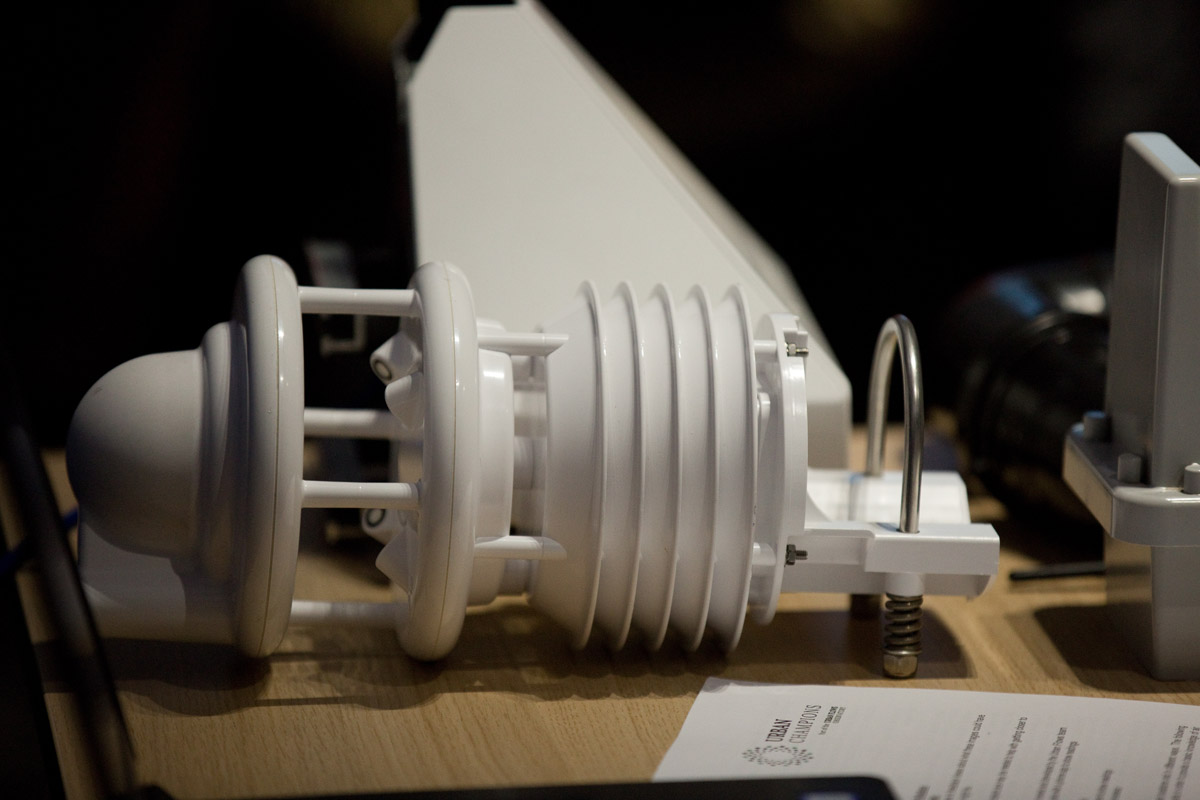
Image: One of the portable sensors used by the Urban Champions team to illustrate the diversity of hardware and software used by the Observatory.
Feedback
The feedback given to the SELA students from teachers was incredibly positive. Amongst this was the idea that incorporating urban sensing into the Big Data course had improved overall interest and engagement with the lessons. Previous case studies had been largely focussed on sport, as this is where lots of examples of smart technology can be found. Urban sensing and climate change gave a more inclusive, more widely relevant and accessible example that more of the students found interesting and appealing.
The SELA students also received glowing feedback from DJRFF for their contribution to the course:
“The David & Jane Richards Family Foundation is proud to be working with members of SELA to help us deliver our ground-breaking data science course. Damian, Adam, Kyle, Megan and Muhammad have put in a huge amount of time and effort to create high quality teaching materials focused on the work of Sheffield’s Urban Flows Observatory. These will allow the young people studying the course to deepen their understanding of data gathering and analytics by situating this in a relevant, real-world setting. By incorporating additional supporting information about the environmental context of the work of the Urban Flows Observatory, the SELA students have also ensured that the lessons have significant cross-curricular reach. We are incredibly grateful to them for their hard work and engagement.” Emily Dreimann – Project Manager, Big Data Course
Website Application
Although still at prototype stage, the website offers the ability to compare different sensor readings across Sheffield. The user interface has been developed for easy interaction and display of information for the target market of the general public.
After scanning a code on a sensor within the city, the user can view a breakdown of the data that has been collected over the last 24 hours. The readings are compared to national averages and presented in a neutral, tangible way, highlighting the causes and effects of air pollution and offering users the ability to compare results and draw their own conclusions. Great care was taken throughout to remain politically, legally and ethically neutral.
A future development aim for this resource is to integrate an educational aspect, enabling users to read about the implications of different readings and learn more about what causes pollution.
The SELA students are hopeful that the development of this web application can be taken forwards and built into a fully working resource following on from the creation of the prototype.
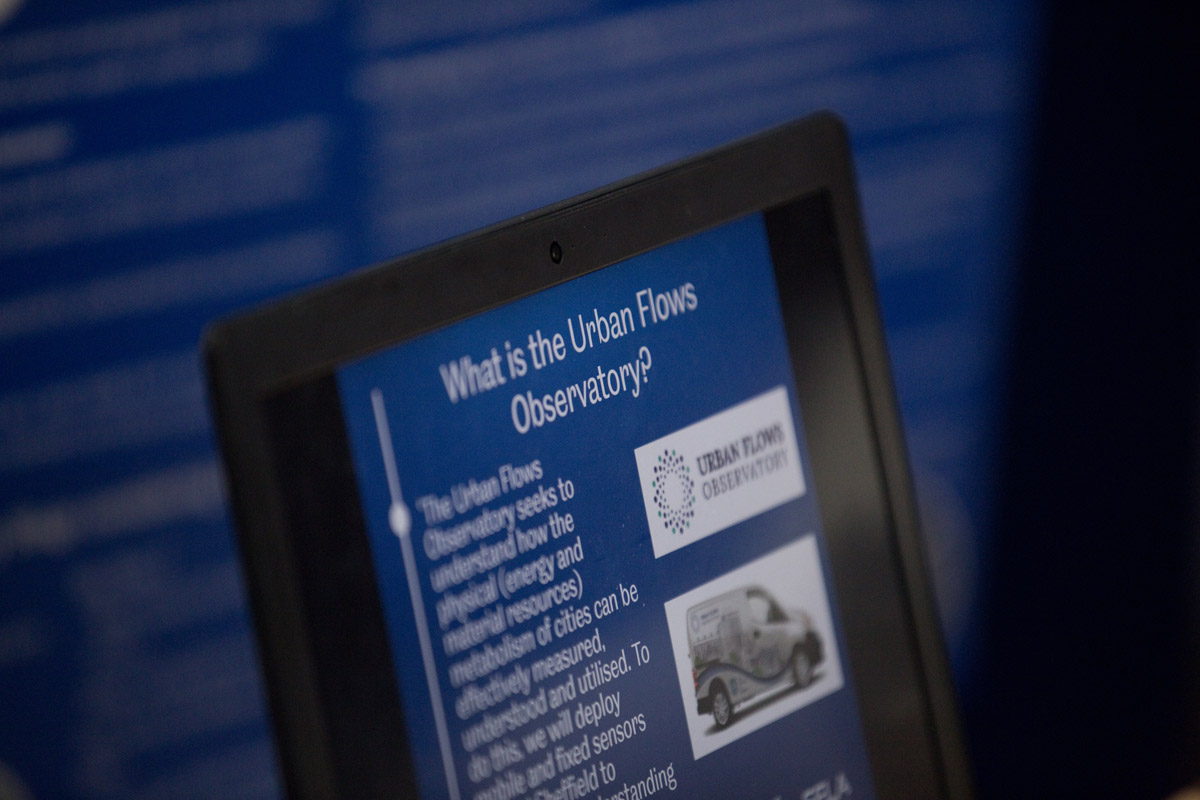
Image: A presentation created by the team to introduce the Observatory and summarise the context for Urban Champions. This was presented at conferences and pitch meetings throughout the year.
Meet the SELA Team
The team for the 2018-2019 academic year consisted of five third year STEM students: Megan, Damian, Adam, Muhammad and Kyle.
Megan Naylor
Megan is studying Aerospace Engineering, a far cry from the work of the Urban Flows Observatory! Having had little previous experience in environmental sustainability or urban studies, Megan became Project Lead with some apprehension, and the experience has proven to be a steep yet rewarding learning curve. Megan initially joined SELA in order to develop management skills in projects that had a technical focus, and getting to grips with the Observatory’s tools and resources definitely fulfilled this challenge. Having had the idea that the project could be fulfilled in the form of an educational roadshow, Megan’s idea eventually evolved into Urban Champions.
The experience has offered many learning points, and after completing her studies Megan hopes to take the leadership skills that she has developed into a project management role within the Aerospace Defence Industry.
Damian Bemben
Damian was born in Poland, moving to the UK aged 8. Experiencing the English education system, Damian was acutely aware of the lack of Computer Science education and creative-focused computer lessons. This is what ultimately drove Damian to pursue a degree in Computer Science, in order to improve Computer Science education for future generations. Through SELA, he has had the chance to apply the practical skills developed through his academic studies. Within this project his role was the development of a climate change monitor website for the Observatory. This experience developed both his practical and planning skills, as it required much collaboration with both Urban Flows and other external stakeholders.
In the future, Damian hopes to inspire young people to consider careers in Computer Science, and the project has inspired him to have more of a local involvement in Sheffield’s levels of air quality.
Adam Dennis
Adam is studying Civil Engineering, a path he felt driven to pursue in order to help improve the built environments that support society. Adam applied to SELA to engage with engineers from different disciplines and experience collaboration between different sectors. He has seen this particularly exemplified in this year’s project, as he has had to consider the impact of the work from the perspective of many different stakeholders, including the university, local government and the general public. The creation and delivery of the Urban Champions lesson material was a highlight for Adam, as he worked to evaluate the target audience, their interests and understanding. Adam worked alongside other members of the team to conduct research into the current gaps in the Key Stage 3 curriculum with regards to environmental monitoring and Internet of Things, and ultimately create Urban Champions.
Muhammad Aqil bin Zainudin
Muhammad is a Malaysian student studying Civil and Structural Engineering. Choosing to study abroad to immerse himself in a new culture, Muhammad has thoroughly enjoyed living in Sheffield and developing his organisational and communication skills through SELA. He worked within the team to develop the Urban Champions content – a unique opportunity for him to learn more about the UK’s education system and broaden the rest of the team’s understanding of the contrasts in global education systems. Muhammad was particularly impressed by Mobius, and the impact it had on the students at Tapton, giving them the ability to expand their understanding of sustainable cities.
In the future, Muhammad hopes to continue developing his creativity, and bring new innovations to the engineering field whilst continuing to inspire younger generations.
Kyle McLean
Kyle studies Civil Engineering at the University of Sheffield and has a key interest in inspiring others to get into engineering. With his main focus being in large scale infrastructure projects, working with smart cities was always going to be another great part of engineering to get into. Kyle worked closely with the other team members to deliver the Urban Champions content, and was responsible for the creation of the Urban Champions brand. After initially joining SELA to help develop his technical management and soft skills, one of Kyle’s highlights over the past 2 years is the successful integration of Urban Champions, with the Urban Flows Observatory.
Looking forward, Kyle hopes to use the skills he has learnt from SELA and the creation of Urban Champions, alongside his technical skills, to become a Chartered Civil Engineer and have a greater influence on others, as to why sustainable engineering is so important.
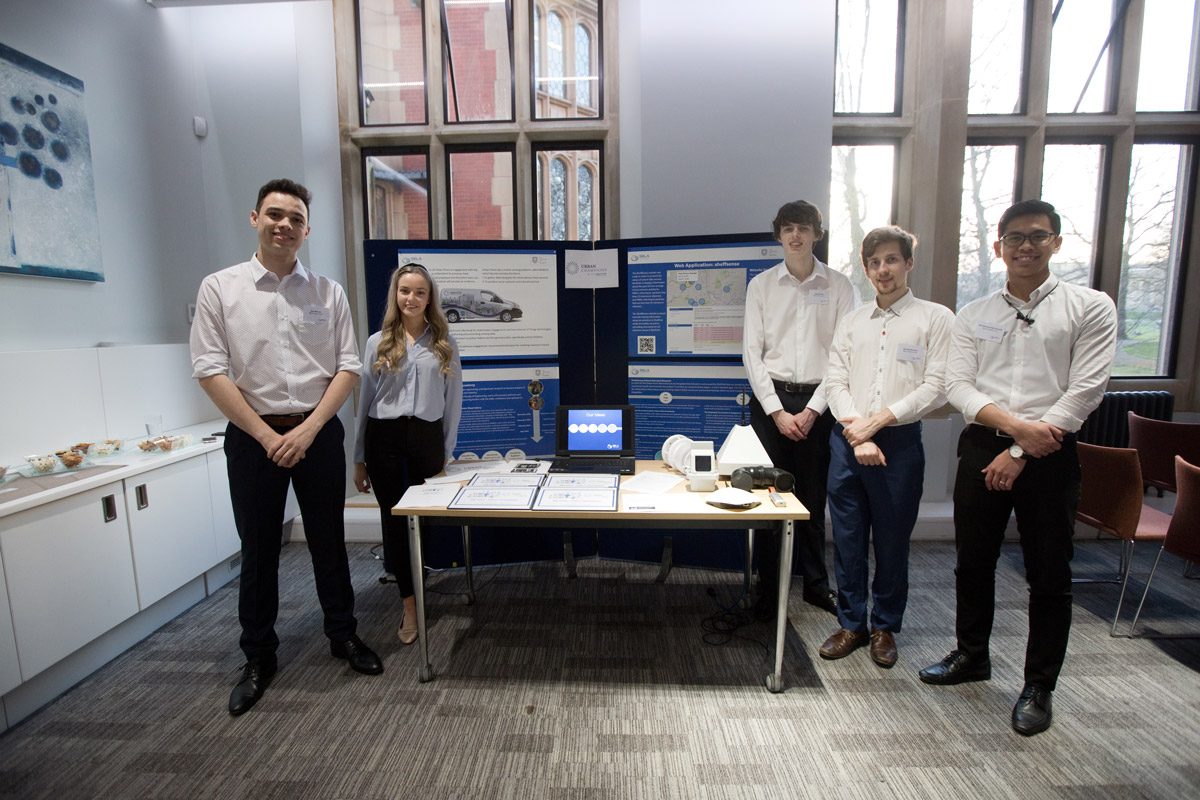
Left to Right: Kyle McLean, Megan Naylor, Adam Dennis, Damian Bemben, Muhammad Aqil Zainudin.
About the Sheffield Engineering Leadership Academy (SELA)
SELA is an extracurricular scheme that aims to develop the leadership potential in engineering students. Undergraduates are invited to apply at the end of their first year and if successful, spend the following two academic years committing 4-5 hours a week to SELA, on top of their degree course. Through weekly workshops and Industry guest speakers, members build a greater picture of the key skills and experiences necessary to be an effective leader.
Students undertake one stretch assignment per year. The first is designed to develop the cohort as a team, producing a creative output that inspires the public and engages them with the field of engineering. The second splits the cohort into smaller groups, giving each a more complex, technically focussed project. The intent is to apply the leadership skills gained in the first project within more high pressure, challenging situations, with the addition of working with external stakeholders.
The Future of Urban Champions
The Urban Flows Observatory have been incredibly impressed with the dedication shown by the 2018-2019 SELA students in delivering their project. It is hopeful that their module on Urban Flows will be permanently included in the DJRFF Big Data Course across schools in Sheffield, and eventually nationally. This will raise the potential to involve other Observatories and further spread awareness of environmental sustainability and the development of smart cities.

